Blocks for kids are versatile and educational toys in various shapes, sizes, and materials, providing many benefits for children's development. From enhancing fine motor skills and spatial awareness to promoting cognitive understanding and social interaction, the toys offer a valuable and enjoyable way for children to learn and grow.
Various Types of Kids' Blocks
Blocks for kids come in a variety of types. One common type is wooden blocks for kids, crafted from natural wood and often featuring smooth surfaces and rounded edges. As kids stack and build structures, the blocks encourage creativity, spatial awareness, and fine motor skills. Plastic interlocking blocks, such as LEGO or Mega Bloks, are another popular type. The colorful blocks snap together, allowing kids to create intricate designs and structures, fostering problem-solving skills and imagination. Soft foam blocks for kids provide a safe and lightweight option for building and knocking down structures without the risk of injury. Magnetic blocks for kids use magnets to connect, offering a new dimension to construction play and promoting STEM learning concepts. The blocks provide versatile and engaging learning opportunities for children to play and explore.
Benefits of Building Blocks for Kids
One key feature of building blocks for kids is their ability to promote creativity and imagination. Children can build, stack, and create structures, fostering spatial awareness and problem-solving skills. Another critical aspect of blocks is their role in cognitive development. As children engage with blocks, they learn fundamental concepts such as shapes, colors, and sizes. Sorting and categorizing blocks based on the attributes contribute to early math skills. Moreover, building structures with blocks encourages the understanding of balance, stability, and cause-and-effect relationships. Social skills are also nurtured through block play. Children often engage in collaborative building, working together to create shared structures. This cooperative play promotes communication, teamwork, and the sharing of ideas. Additionally, large building blocks for kids can be used for open-ended play, allowing kids to express their creativity without strict rules, leading to a sense of accomplishment and confidence.
Various Applications of Kids' Blocks
Blocks for kids serve as versatile educational tools, fostering creativity, cognitive development, and motor skills. One critical occasion for their use is during playtime, where children can explore their imaginations by stacking, building, and creating various structures. Moreover, blocks play a vital role in educational settings. In classrooms or homeschool environments, teachers use Lego blocks for kids to teach mathematical concepts such as counting, patterns, and geometry. Blocks, such as playdates or group activities, are also frequently employed during social occasions. Collaborative building projects encourage teamwork, communication, and the sharing of ideas among kids. In therapeutic settings, big blocks for kids find use during occasions of occupational therapy. Therapists leverage block play's tactile and sensory aspects to enhance fine motor skills, hand-eye coordination, and spatial awareness in children with developmental challenges.

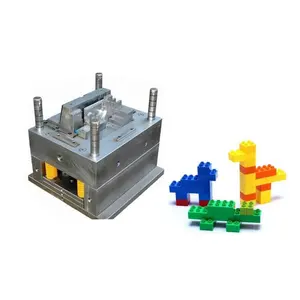










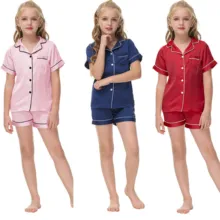





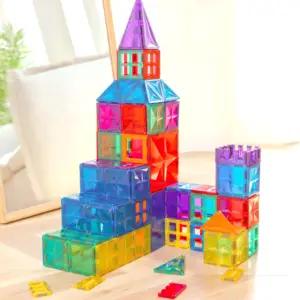


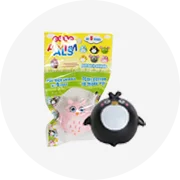
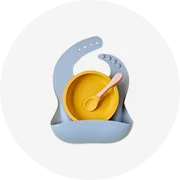
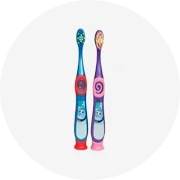
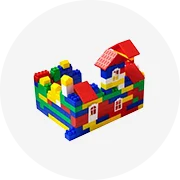
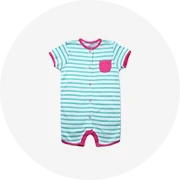
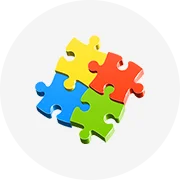
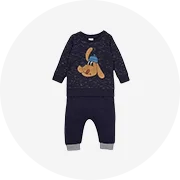
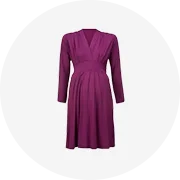
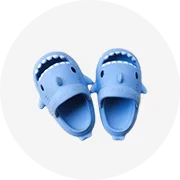

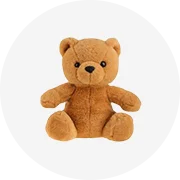
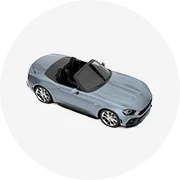
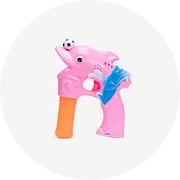








 浙公网安备 33010002000092号
浙公网安备 33010002000092号 浙B2-20120091-4
浙B2-20120091-4